Commentary
COMMENT | Stephenson’s music
Words: Phil Griffin | Architectural photography: Daniel Hopkinson
Roger Stephenson OBE has withdrawn from the front line of Manchester architecture, from a position and cause he has been fighting for in his own name since 1979. He has made enemies and lost battles, but few would deny that Roger Stephenson OBE has had a greater impact on the shape and face of contemporary Manchester than any individual since Alfred Waterhouse. If Manchester has a look, it came out of the Stephenson closet. He was awarded a First Class Honours degree by Liverpool University School of Architecture in 1969. Stephenson is a progressive, and he moved through BDP and Michael Hyde & Associates (as a partner) before establishing Stephenson Mills (with George Mills) in 1979.
Stephenson is a controversial figure. He has led a couple of firms into messy liquidation and left an architectural genealogy reminiscent of the Fleetwood Mac Rock n’ Roll Family Tree. Scions of the Stephenson tree (which most surely resembles a Silver Birch) became powerful architectural practices in their own right. I’m thinking of George Mills and Ian Beaumont at MBLC / A, and Phil O’Dwyer, Dave McCall and Paul Iddon at OMI, and more recently Jeff Bell ex of Stephenson Bell, now Jeffrey Bell+Company. What they shared, going into that most disruptive of post-war decades, the 1990s, was a belligerent, almost bellicose championing of ‘good design’, which they all spent virtually every waking moment attempting to define, and then staunchly to defend against all-comers.
Stephenson’s legacy (and he isn’t finished yet) is a passion for good thoughtful design that respects and reflects context. He has his foibles / signatures, such as proliferating shadow-gaps, flying surfaces, over-sized pivoting doors and perforated acoustic panels, which the Stephenson wardrobe has in plentiful supply (along with collarless shirts).
The long list of work through four decades is exactly that (and was beautifully celebrated in a compendious 40th anniversary exhibition at Castlefield Gallery in December 2019). Duke’s 92, Albert’s Shed and Eastgate in Castlefield, British Airways lounges at T1 and T3, North West Arts Board in Manchester House, a sadly displaced café in City Art Gallery, Trinity Court and Restaurant Bar & Grill on John Dalton Street, 4 Jordan Street and Deansgate Quay in Knott Mill, Aeroworks on Adair Street, Piccadilly.
The Urban Splash breakthrough development at Smithfield Buildings opened up the Northern Quarter (and not entirely successfully stitched together a dozen disparate buildings). There were three Kro Bars, a handful of Kids-Unlimited nurseries, a radical Radisson Blu hotel in the Free Trade Hall, next to the Stephenson (with Sheppard Robson) Convention Centre, and the Altrincham Garrick Theatre.
Across these decades, and alongside these commercial, cultural, leisure and residential developments, Stephenson established himself as the go-to designer for clean, white, light-filled homes for the discerning deep-filled pockets of rural Cheshire and Alpine France. Usually, your new bespoke modernist villa came ready decorated with architectural awards.
If there is an awards short-list, Stephenson is invariably on it. Usually, he wins. He has, however, in two Stephenson iterations, made the Stirling Prize shortlist twice without coming top.
The first was Quay Bar, nominated in 1998, demolished in 2007. The building, its operator, and the location were problematic from the off. Roger defends it. I disliked it. There are two new-build commercial schemes on Quay Street on the margin of the city’s law quarter, that more-or-less made Stephenson Bell’s case for the prosecution of classy and contextual street facing design.
The first at 15 Quay Street, replaced the Edwardian Skin Hospital, and completes a terrace on the margin of one of the city’s intact Georgian streetscapes. The office building is of brick and stone with deep window reveals. In came a number of Stephenson mannerisms – exposed I-beam steel doors with elongated stainless-steel D-line pull-handles, flying stair tower, granite to brick to stone overlays. So good is the execution that this relatively small building alone makes the case for modern contextual urban design. It has been much copied, which rather proves its provenance. The smaller scheme, lower down the street, strains a little, and is less successful. The much admired 201 Deansgate (by the late Andy Robson for Holfords) is shameless tribute architecture.
The alumni of Chetham’s School of Music seem to have achieved fairly consistent career high notes without the benefit of modern acoustic design. They scratched, struck and blew their way around medieval cloisters and make-do rehearsal rooms with considerable success.
Stephenson, with colleague Justin Risley, designed for their successors suites of acoustically sealed rooms within rooms. Stephenson Studios’ Chetham’s School of Music (2012) was a Stirling Prize nominee in 2013. It sits back into a rampart like a ‘Game of Thrones’ hybrid of medieval castle, nineteenth century Wagnerian eyrie, ‘30s deco cinema, and baby grand piano, with the lid up. All these effects are carried off in beautiful bespoke ochre brick (also Stephenson-designed).
The main performance space, named Stoller Hall, formed a second phase, and completed in 2017. Audience capacity is 484 seats, and the deep stage can accommodate 90 musicians. Stoller Hall is a gem, a closely guarded Manchester treasure. Lunchtime recitals by Chetham’s students are free to the public. They’re performed in the Carole Nash Hall, a timber pleated jewel box recital room, that sets off Stephenson’s achievement for the school. Did I mention that Roger also makes jewellery?
Stephenson Studio’s extension to and reworking of Hallé St Peter’s in Ancoats, led by Stephenson and Keith Hamilton, is only the latest in a portfolio of buildings that add heft to Manchester’s cultural seam. Covid has paused our appreciation, and the full benefit that the open and active ground floor will offer to Cutting Room Square has yet to be fully felt. Stephenson’s particular achievement here has been to layer his contemporary ingredients around an especially pretty Italianate church (Anglican, masquerading as Catholic, in the face of a largely Italian and Irish host community). All the Stephenson moves are here, as he introduces light, volume and texture into a programme of spaces that might otherwise drone.
He takes the original score, by architect Isaac Holden in 1859, escalates the arpeggios, adds two new movements, one horizontal, one vertical and has them climb a crescendo to a double-height rehearsal space climax that sings. [It is largely for the children’s choir and named in honour of Victoria Wood, writer of ‘The Day we Sang’]
Nick Johnson (formerly deputy chairman of Urban Splash), an early champion of Roger calls him a loveable nutty professor. It was Nick who first introduced me to Roger, in Dukes 92 shortly after it opened. I think our first conversation lasted two hours, and I left hungry for more. Thankfully, much more has followed. Roger Stephenson is the epitome of architecture, deeply and properly felt. Not only does he draw it (beautifully, usually in ink), he talks it and drinks it (usually in chilled white wine). He lives in the cause of better buildings and spaces. He’s failed, he has hurt people, and he’s been hurt back. Ian Simpson and Rachel Haugh offered him support through the last of his financial downturns, out of respect and admiration. You can’t make a city without breaking bricks. And you can’t make a good city without respecting its architecture. If anyone has taught us anything about that across the last four decades, it is Roger Stephenson. He will do encores.


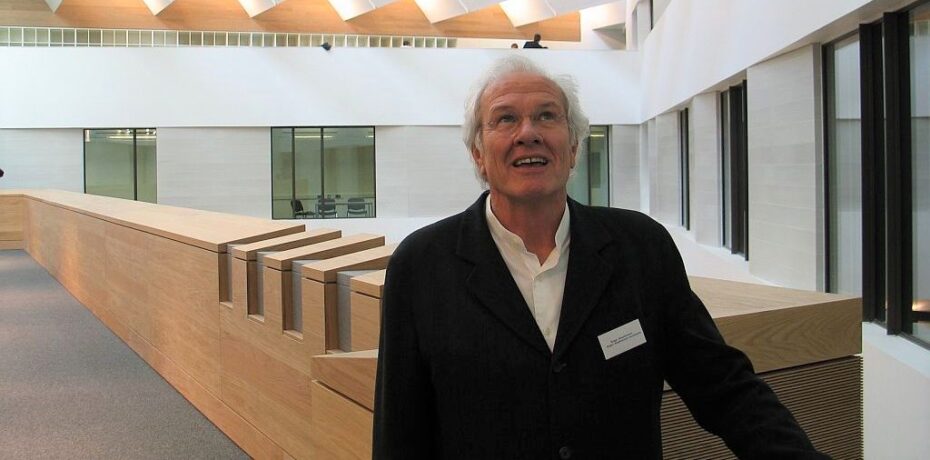
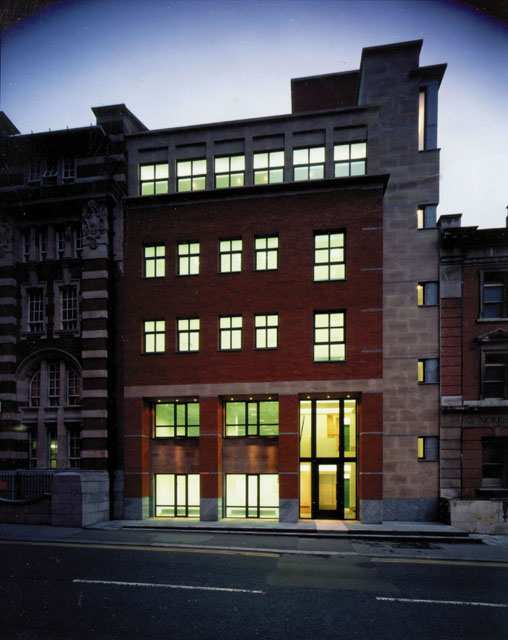
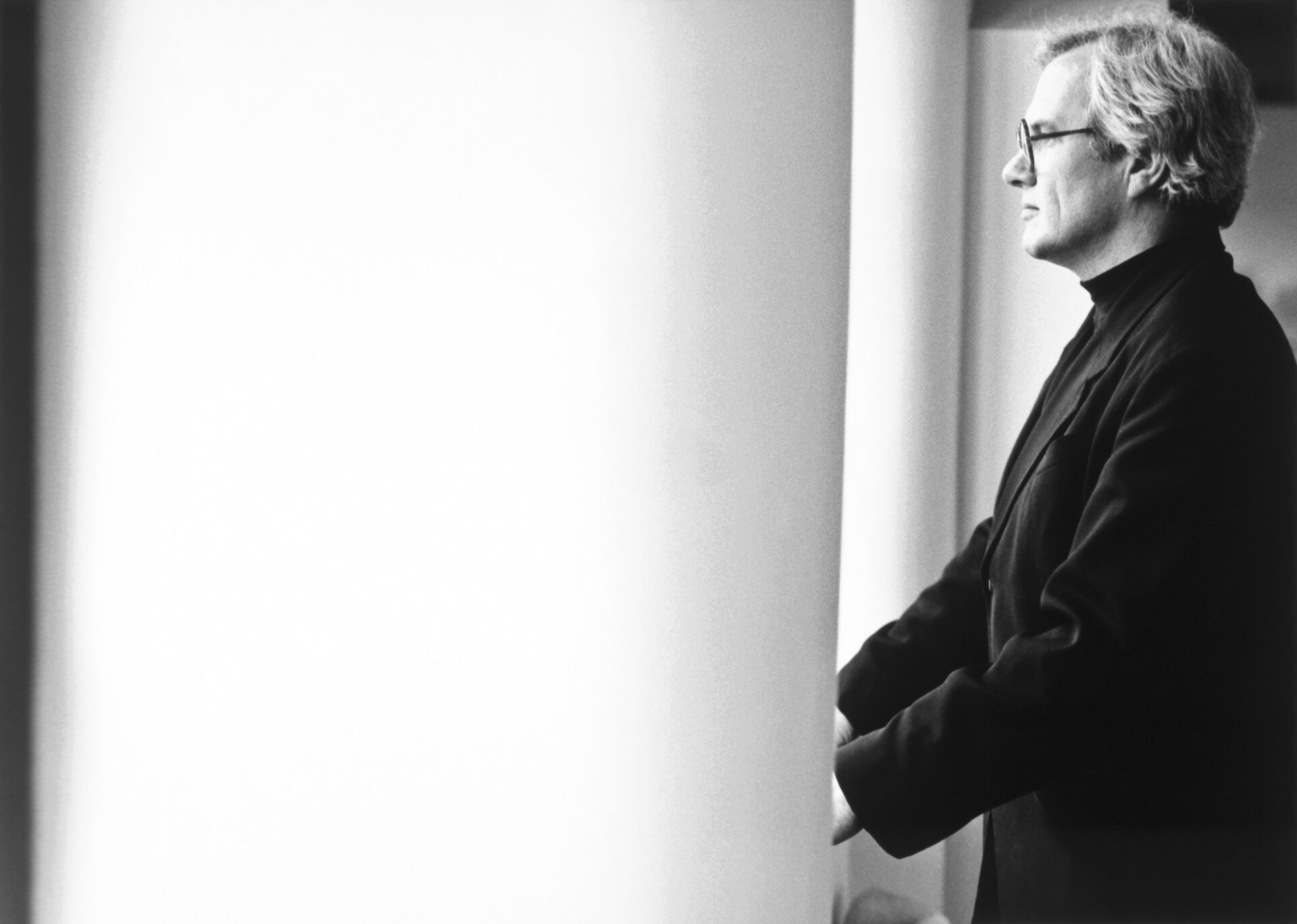
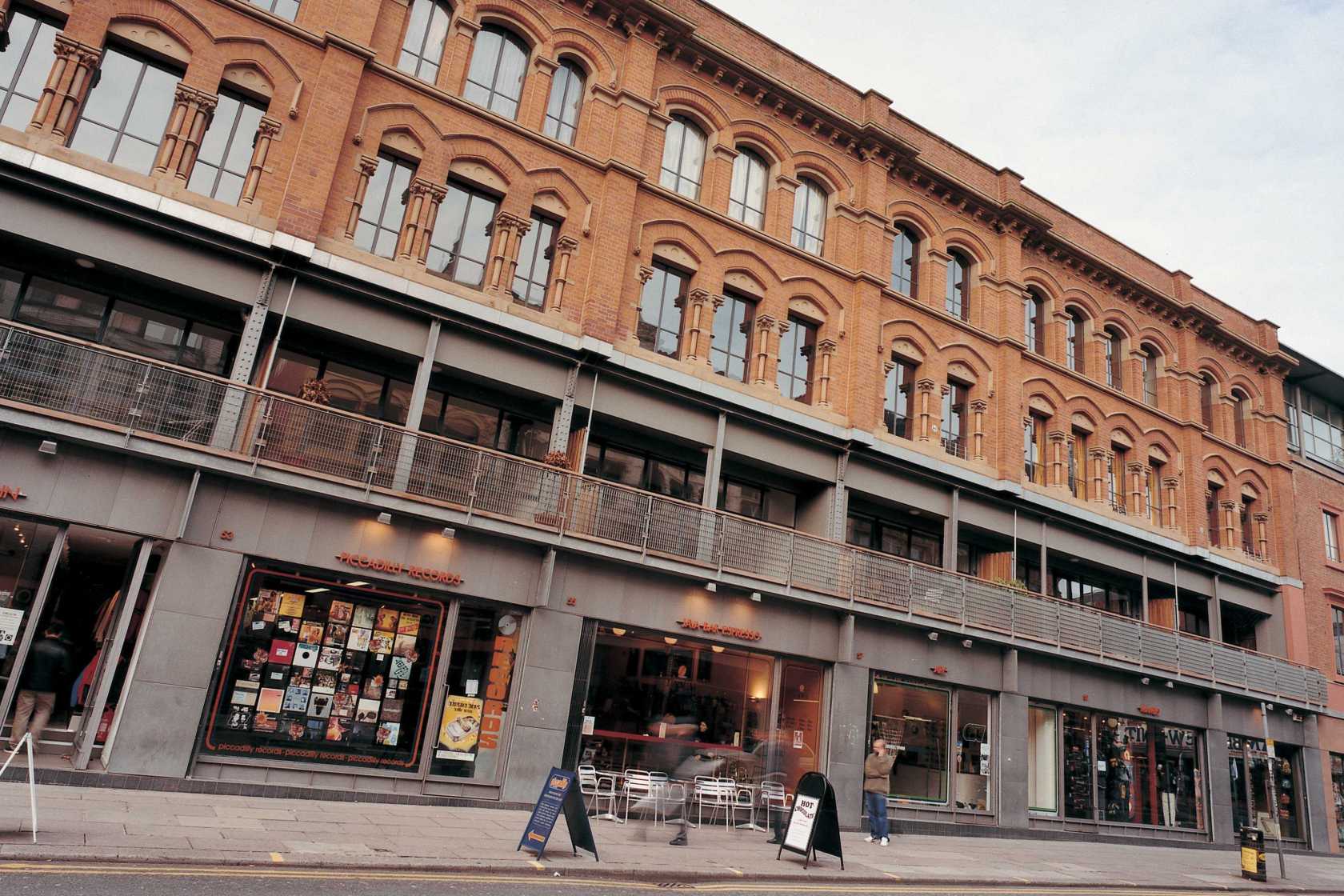
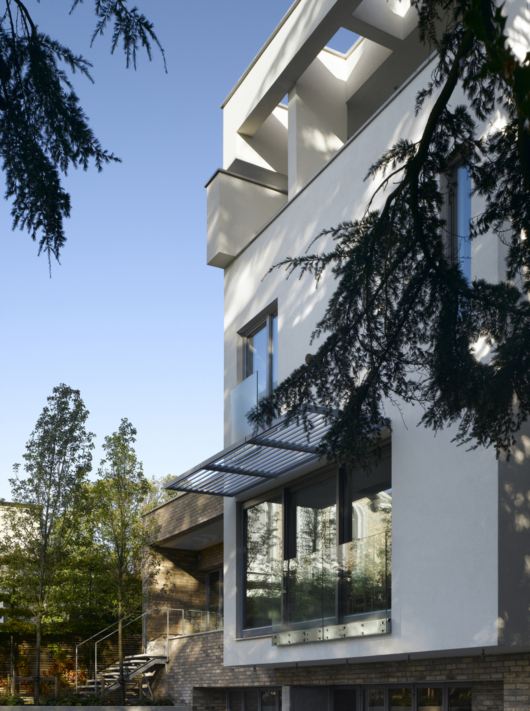
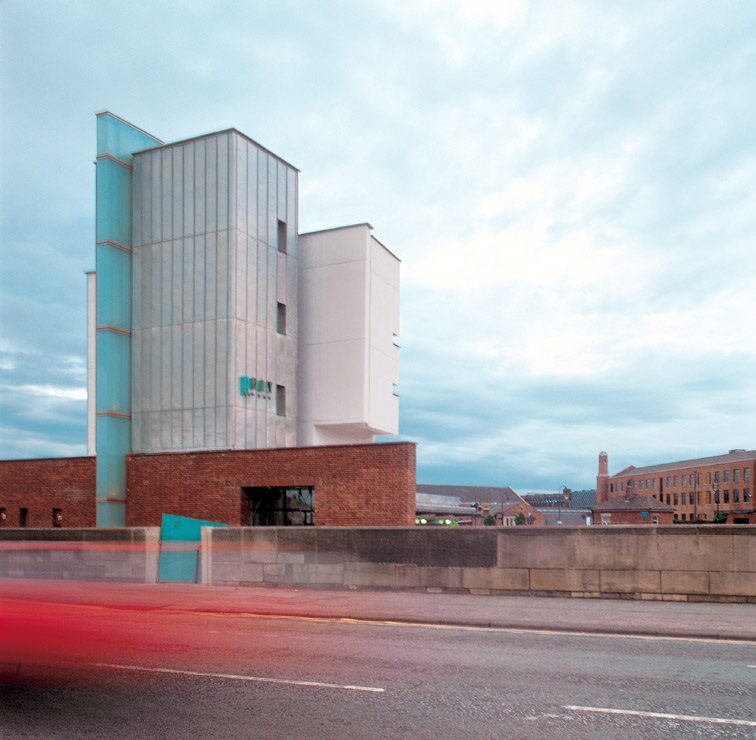
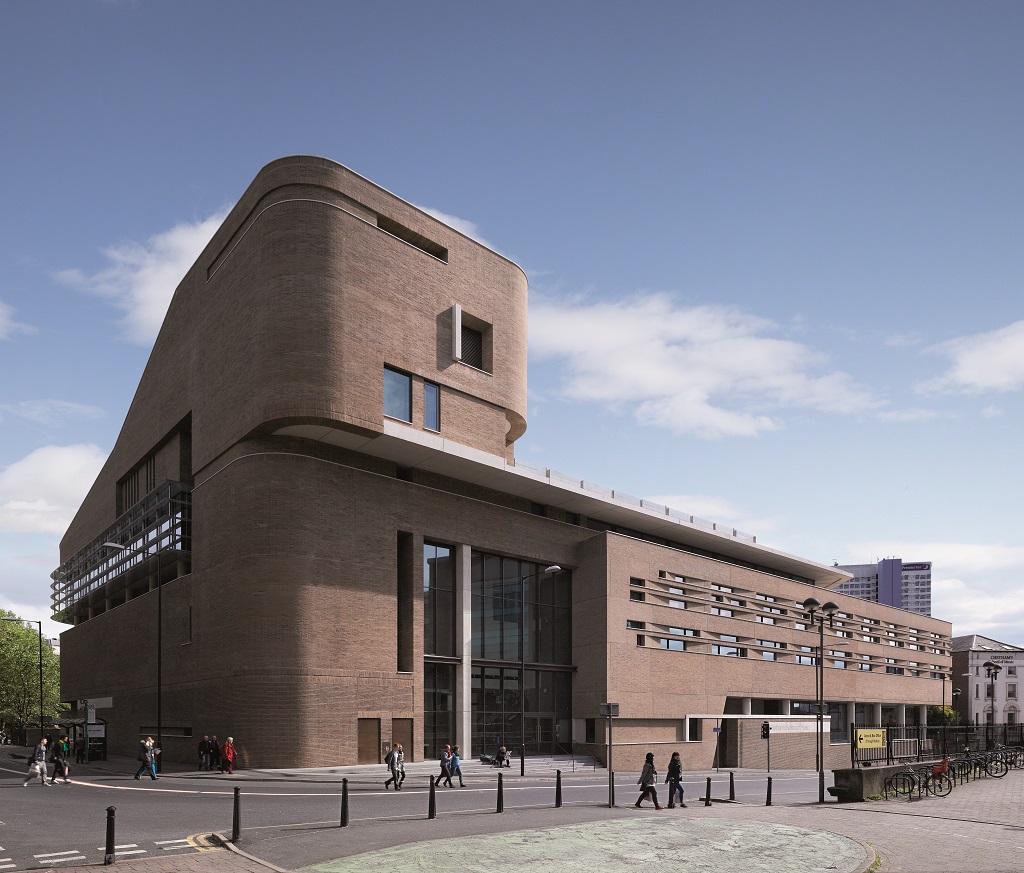
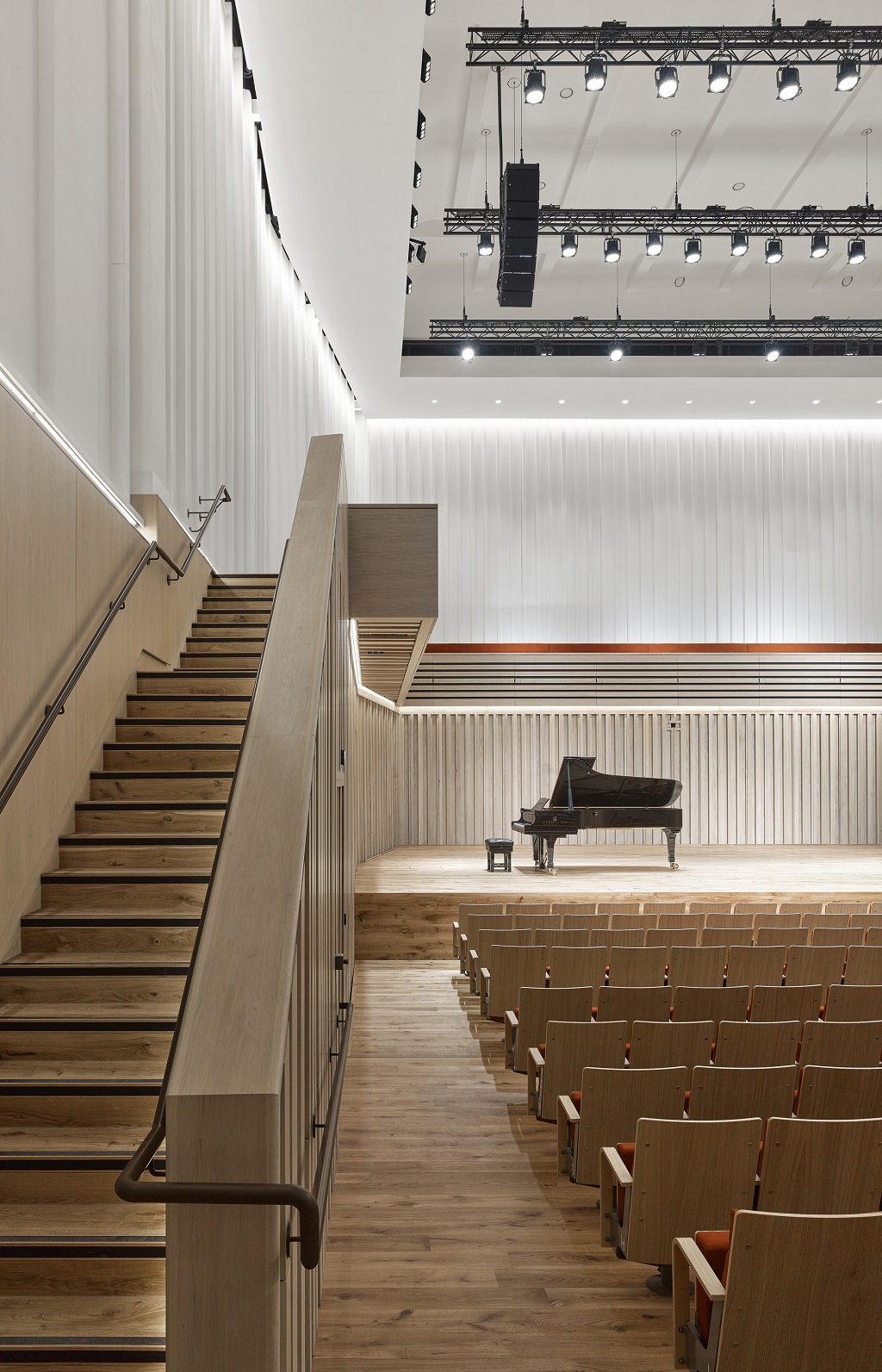
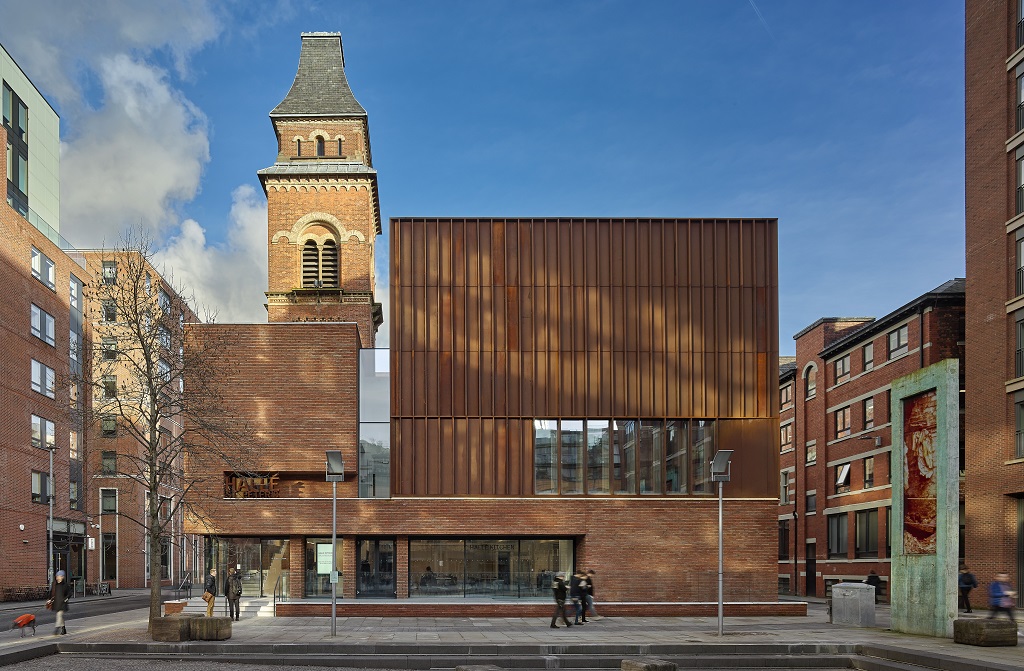

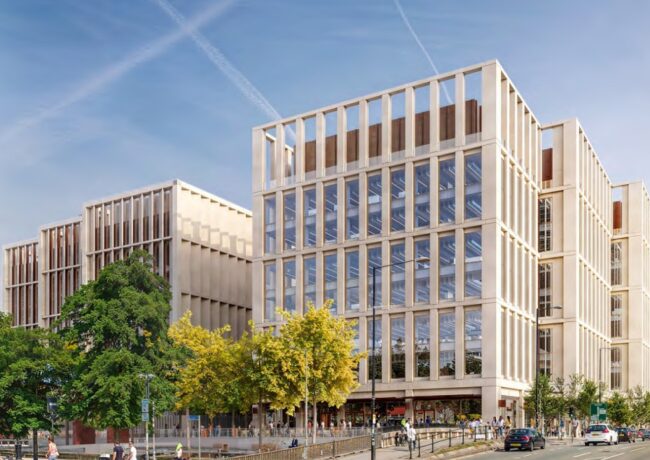
Lovely piece Phil
By Katie
Wow, fantastic writing Phil.
By Michael Taylor
Good piece Phil. I worked as a structural engineer with OMI and MBLC, which, until a few years ago continued the legacy of Roger Stephenson. I particularly remember George Mills, Phil O’Dwyer and Ian Beaumont. Sadly the city is now becoming overshadowed by grotesque high rise and is losing the scale and character of a post-industrial metropolis. At least we still have some gems which he and his generation created.
By Hugh Morrison
Enjoyed reading this..and the photos…..liked the music metaphors too!
By Anne Marie Percival
A lovely tribute to an immense talent.
By Shirley Ridyard
Great piece Phil, very detailed and balanced. The 90s were extraordinary times in Manchester. Couple of nerdy minor points…the external steel lintels were actually first used on Trinity Court (I was the project architect) – but I have to confess I ‘borrowed’ the idea from Italian architect Aldo Rossi. The ‘homage’ using the same detail on 201 Deansgate was courtesy of my colleague on Trinity Court, the talented architect Edwina Kimble (nee Wilson) who joined Holfords from Stephenson Architecture…..
By Paul Iddon
“What they shared, going into that most disruptive of post-war decades, the 1990s, was a belligerent, almost bellicose championing of ‘good design’, which they all spent virtually every waking moment attempting to define, and then staunchly to defend against all-comers.”
poetry !!
By Ben Capper
A respectfully written piece in honour of a Man whose very Being permeates the landscape of our City.
By Mark Hamilton